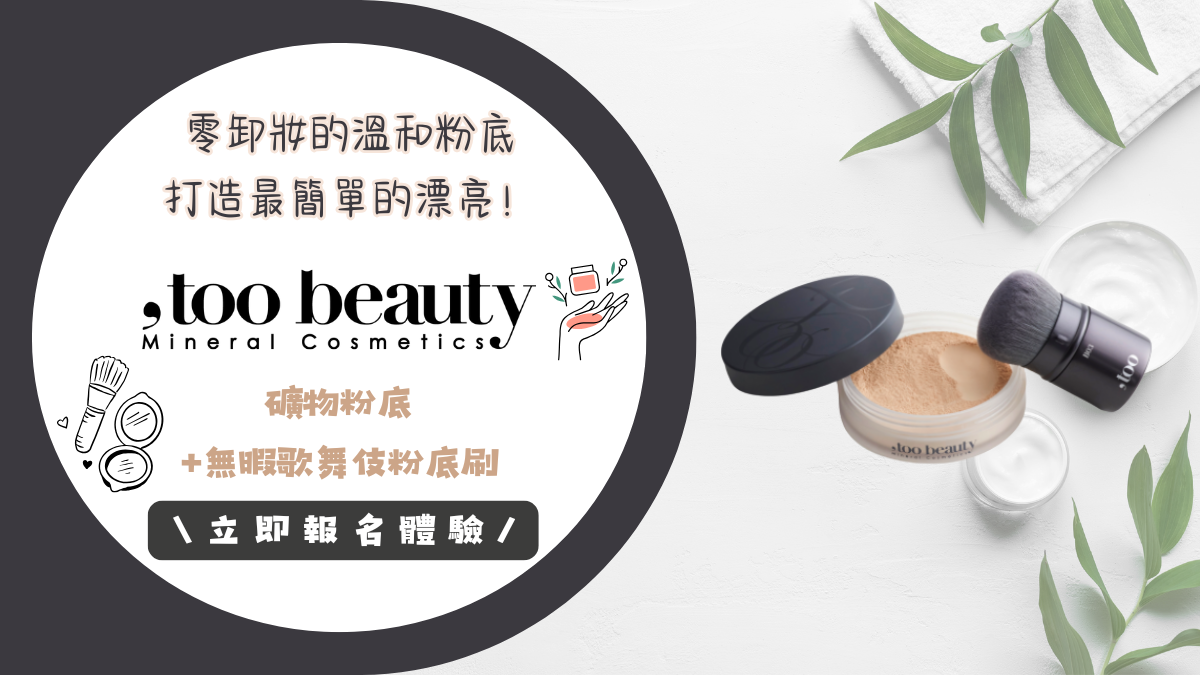早上的陽光更安全? - 補習 |
|
|
|
一分鐘音頻,有趣又省時:
>>下載本期科學60秒<< The early bird gets the worm—and may avoid skin cancer. Because a new mouse study suggests that, for humans, tanning in the mornings may be less likely to permanently damage DNA and cause skin cancer. 早起的鳥兒有蟲吃,當然也能避免皮膚癌。因為,一項旨在人類健康的動物試驗研究顯示,曬早上的陽光也許不太容易損害你的DNA從而引發可怕的皮膚癌。 A mouse’s levels of the DNA-repairing protein XPA are different from ours—they peak in the morning and bottom out in the evening. Researchers exposed mice to UV radiation when their XPA was at its minimum level, around 4 a.m., and others to the same rays around 4 p.m., when XPA levels peaked.人類的DNA修復蛋白XPA含量變化與老鼠的不同,一般在早晨達到峰頂,而晚上則降低到谷底。研究人員進行了相關實驗如下:實驗組1—在早上4點左右小鼠的XPA含量最低時進行UV輻照;而實驗組2---在晚上4點也就是 小鼠的XPA含量最高時進行,然后對比兩組的結果。 Mice who tanned while low on the repair protein developed skin cancer faster and five times more frequently than their evening-tanning counterparts. The study is in the Proceedings of the National Academy of Sciences. [Shobhan Gaddameedhi et al, Control of skin cancer by the circadian rhythm] 結果顯示,XPA含量低的實驗組動物在照射下,更快的患上皮膚癌,并且比含量高時進行的實驗組得病的速度快5倍。 研究已經發表在《國家科學研究進展》雜志上。 Unlike mice, humans are not nocturnal, so their XPA levels rise and fall at different times. In people, XPA is at prime DNA-repairing levels in the morning, which thus looks the safest time for UV exposure. So if you want to avoid skin cancer, probably go to the tanning salon early—or better yet, don’t go at all.不像鼠類那樣只在夜間活動,所以人類的XPA含量在不同的時間會有上下起伏的波動。人類的XPA蛋白在早上會達到修復DNA能力的最高含量,因此在此時如果受到紫外線的照射,也許最安全。因此如果你想避免患皮膚癌的話,或許去曬健康膚色也要趕早一些比較好------或者更安全的做法就是,根本不去曬~ 是否喜歡這個廣受歡迎的節目呢?那就別猶豫啦~點擊下圖訂閱吧~已有3.5萬友訂閱了哦~ 或者訂閱我的相關節目 |
- Mar 28 Wed 2012 11:27
早上的陽光更安全?_補習
close
文章標籤
全站熱搜
 留言列表
留言列表
發表留言


 留言列表
留言列表


